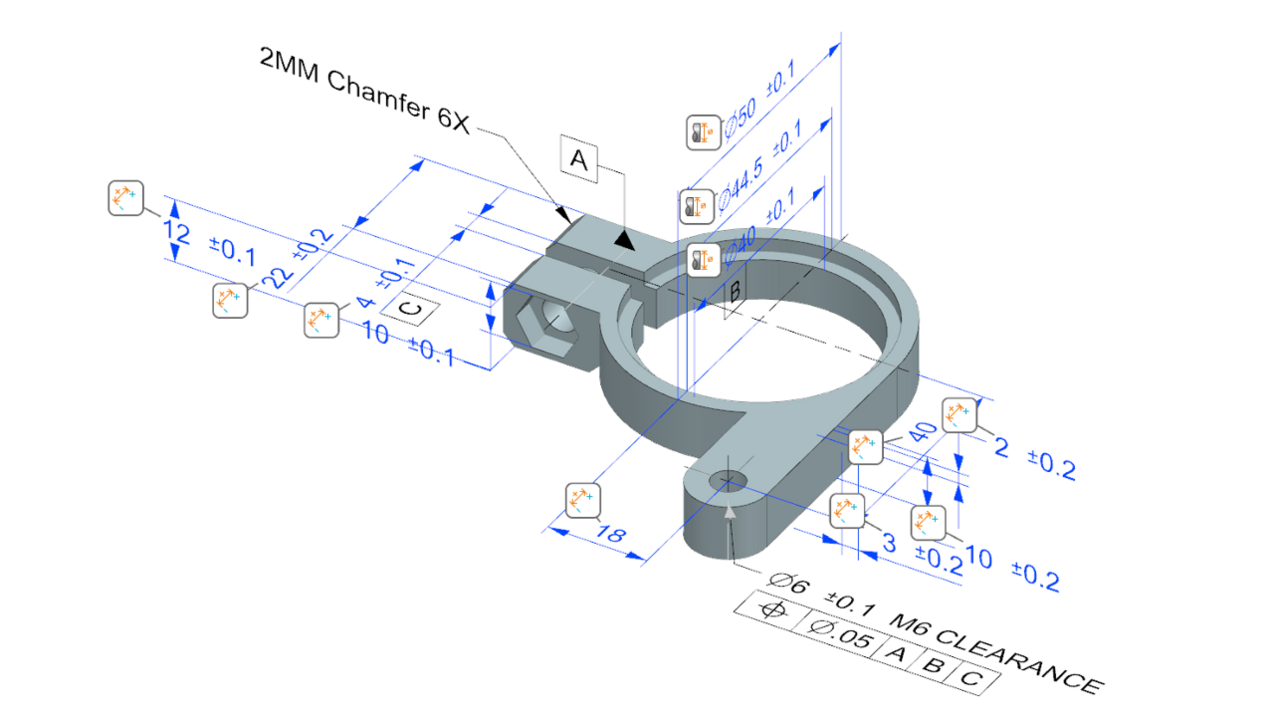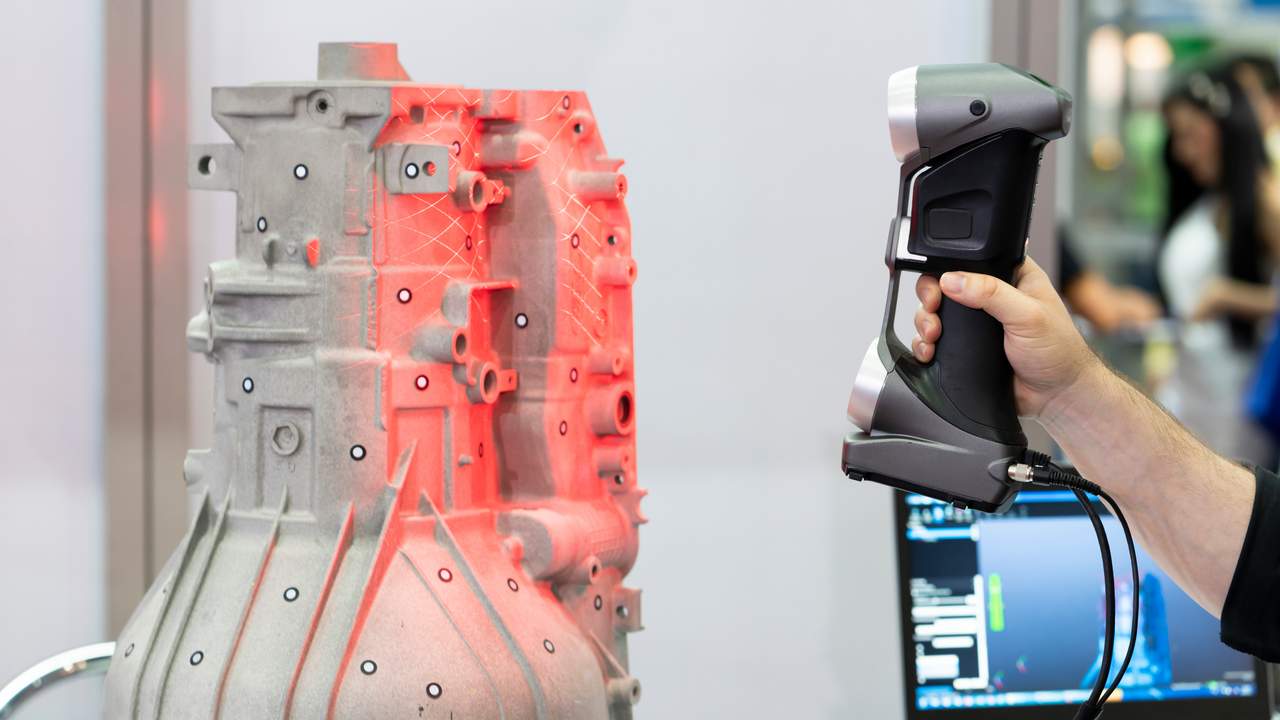In the metalworking industry, conventional manufacturing processes such as turning, drilling and milling are the most common. Modern CNC machining centers are used for a high number of parts to be manufactured. With the help of a CAM system, multi-axis CNC machine tools are able to machine the workpiece independently and automatically. All machining steps, including the necessary machine steps such as pallet change, parts handling and tool change, are programmed and simulated in advance to enable efficient processes without collisions.
Advantages of subtractive manufacturing
Subtractive manufacturing processes have advantages over additive manufacturing in terms of surface quality, shape accuracy and process times, especially for large components, with comparatively simple geometries, and for series production.
Advantages of additive manufacturing
However, additive manufacturing is more and more conquering the manufacturing industry due to the possibilities of metallic printing. It is fast and material-saving and therefore more cost-effective than subtractive manufacturing. In addition, complex structures can be implemented (design freedom) and individualized components can be produced economically from batch size 1. Additive technology is particularly popular in the context of rapid prototyping.
Generative manufacturing processes
Additive manufacturing offers a wide range of applications, utilizing various generative manufacturing processes. These include, for example, Laser Powder Bed Fusion (L-PBF) and Laser Metal Deposition (LMD). L-PBF involves the layer-by-layer melting of high-performance metal powders using laser energy to achieve the desired shape. In contrast, LMD involves precise material deposition onto the workpiece using a powder jet and laser beam.




